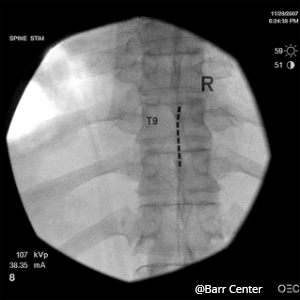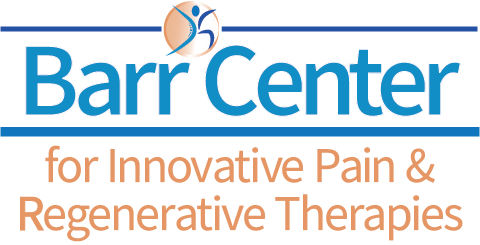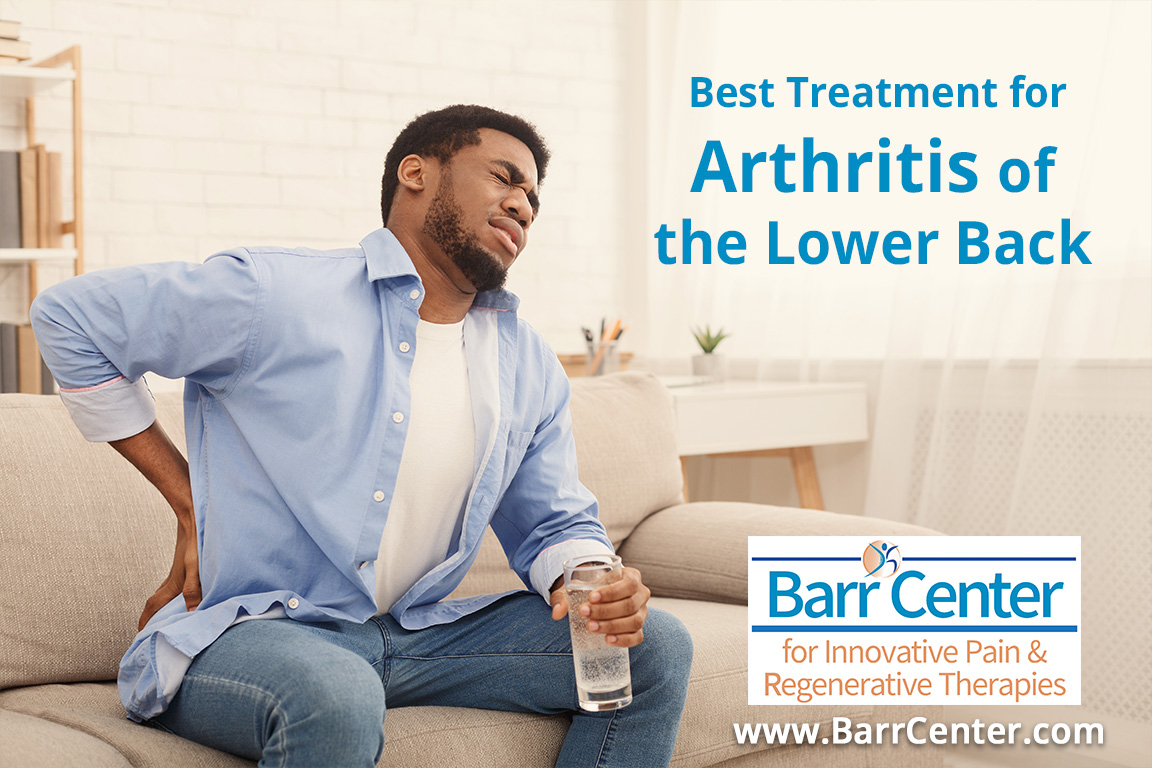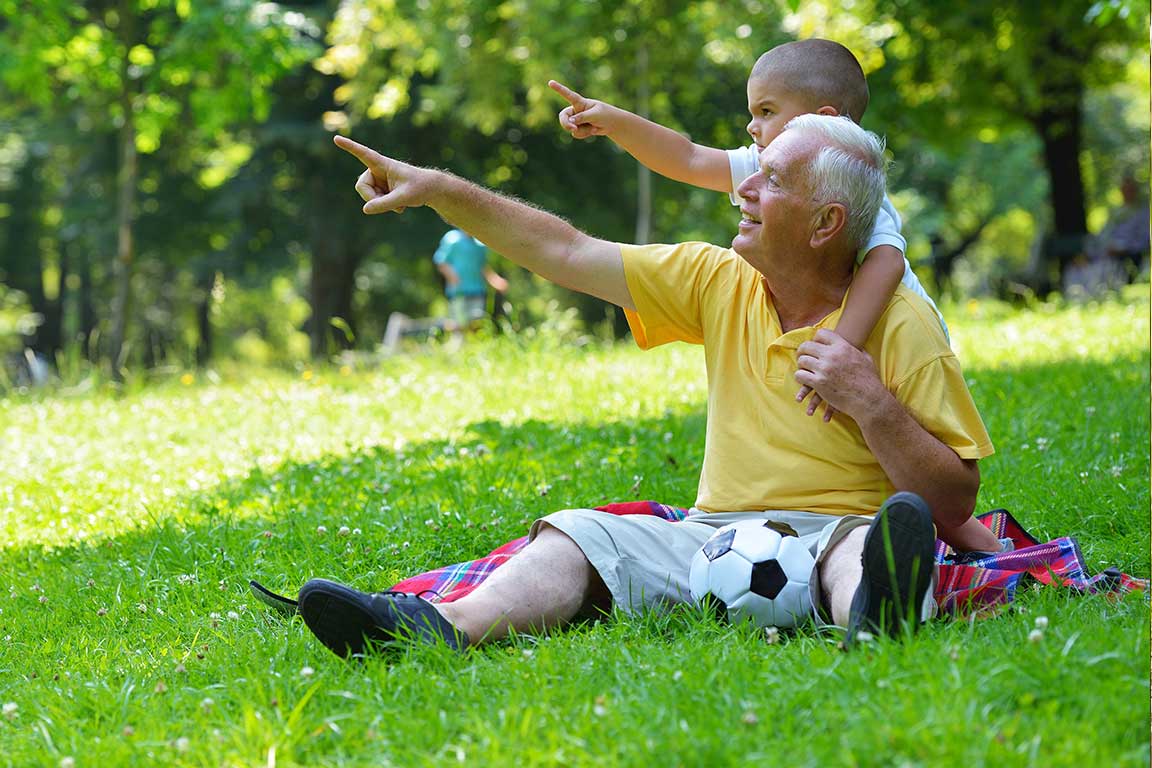Spinal cord stimulation (SCS) is an advanced treatment for hard-to-manage chronic pain. The procedure involves implanting small electrodes on a wire near the spinal cord. This provides low-level electrical impulses to interrupt transmission of pain at the level of the spinal cord before the impulses get to the brain. In successful procedures, painful sensations are replaced with a tingling sensation known as paresthesia.
Who would benefit from this procedure?
This treatment may be done for people with severe, chronic pain who have:
- Severe nerve-related pain or numbness
- Chronic pain syndromes such as complex regional pain syndrome (RSD)
What does the procedure involve?
 Before a permanent implantation can be performed, a trial implantation is performed to see if this device will be effective for your pain. This minor outpatient procedure is performed at our offices. It involves one or more leads (very thin wires) being placed in the epidural space. The leads contain electrodes that produce the electrical signals that result in stimulation. The leads are then connected to a small electronic device outside the skin worn on the back. This device will allow you to adjust the strength of the electrical impulse.
Before a permanent implantation can be performed, a trial implantation is performed to see if this device will be effective for your pain. This minor outpatient procedure is performed at our offices. It involves one or more leads (very thin wires) being placed in the epidural space. The leads contain electrodes that produce the electrical signals that result in stimulation. The leads are then connected to a small electronic device outside the skin worn on the back. This device will allow you to adjust the strength of the electrical impulse.
After the procedure is complete, you and your doctor will determine the best pulse strength for your pain management. You will then be given instructions for using the simulator at home. A typical schedule for spinal cord stimulation is to use it for one or two hours, 3 to 6 times a day. This temporary trial period ends in about a week, when the leads are removed.
If this trial spinal cord stimulation is successful, you will then be referred for a permanent implantation in which new leads will be positioned and a small stimulator device will be implanted under your skin.
Will there be any special instructions after the trial procedure?
There will be a small wire lead exiting the skin in the back that will be covered with a dressing. This should be kept clean and dry while the lead is in place (about one week) and for another two days after the lead is removed.
What does spinal cord stimulation feel like?
Many patients describe it as a pleasant tingling that replaces the pain.
Will it completely remove my pain?
Although the amount of pain relief is variable, it is important to remember that spinal cord stimulation is not a cure, so it most likely will not eliminate all of your pain. But it should reduce severe pain to a more manageable level.
Will the procedure allow me to discontinue pain medications?
Spinal cord stimulation is one component of your treatment plan to manage chronic pain. You may find that it enables you to decrease or discontinue pain medications.
Is spinal cord stimulation considered major surgery?
No. It will be performed on an outpatient basis and typically does not require a lengthy hospital stay.
Will the spinal cord stimulator have to be replaced?
Most spinal cord stimulator batteries must be replaced every 2 to 5 years.
How safe is the procedure?
Spinal cord stimulation has been used successfully in thousands of people worldwide over the last two decades. SCS has been approved by the FDA for the treatment of certain types of chronic pain, including pain of the arms, legs and/or trunk.
However, any procedure carries certain risks, such as infection and bleeding. With SCS, there can also be spinal cord injury and equipment failure, although these possibilities are rare.
Possible risks related to spinal cord stimulation include:
- Development of scar tissue around the electrode
- Gradual movement of pain beyond the reach of the nerve stimulator
- Breakage of an electrode or hardware failure
- Infection
- Leakage of spinal fluid
- Headache
- Bladder problems
- Getting used to the stimulation, making it less effective
Can the Barr Center Help You with Back Pain Relief?
Call us at 757-578-2260 or email us at Info@BarrCenter.com to get started on relieving your back pain.
Learn More
Other pain management conditions we treat are: Neck Pain, Shoulder Pain, Hip Pain and Knee Pain. We often use Regenerative Medicine and Physical Therapy in our treatments.










